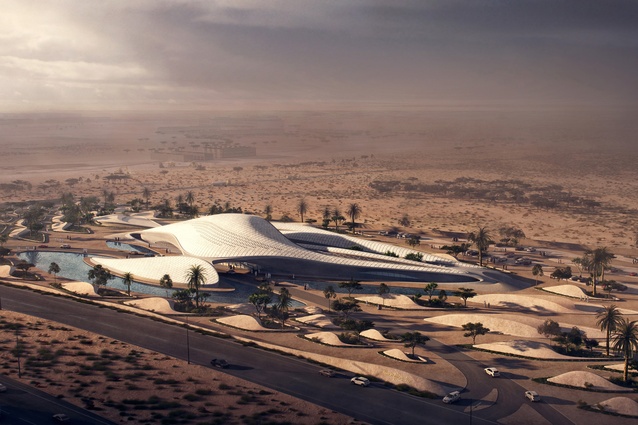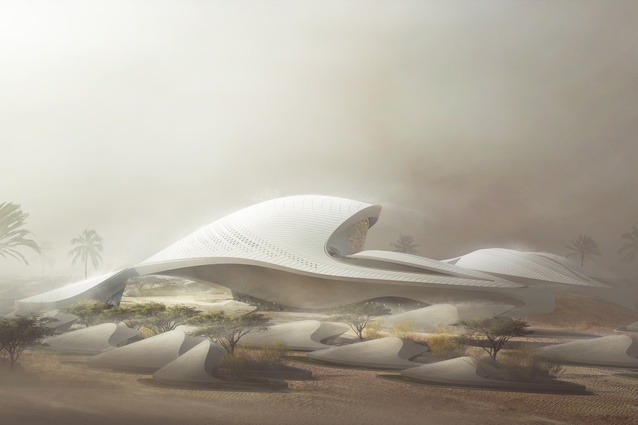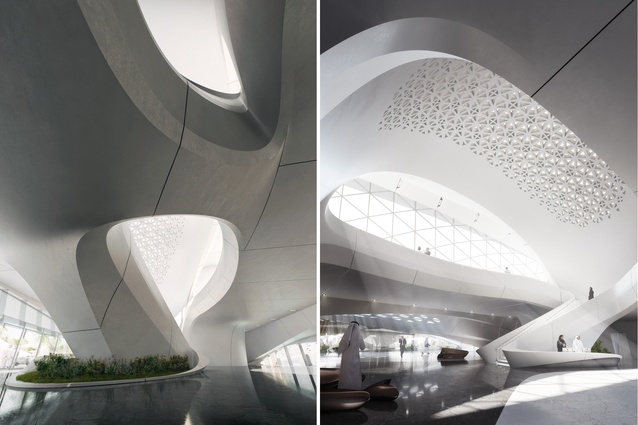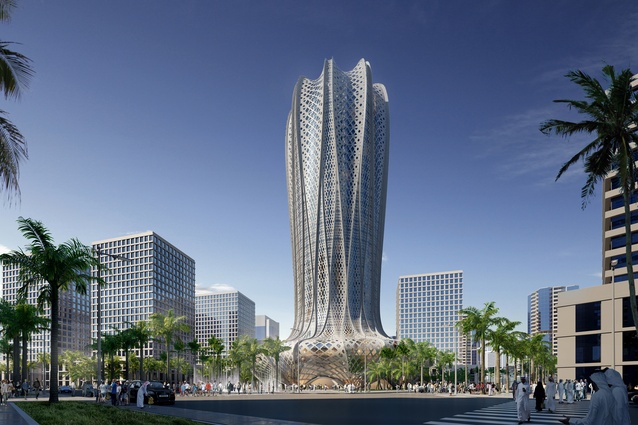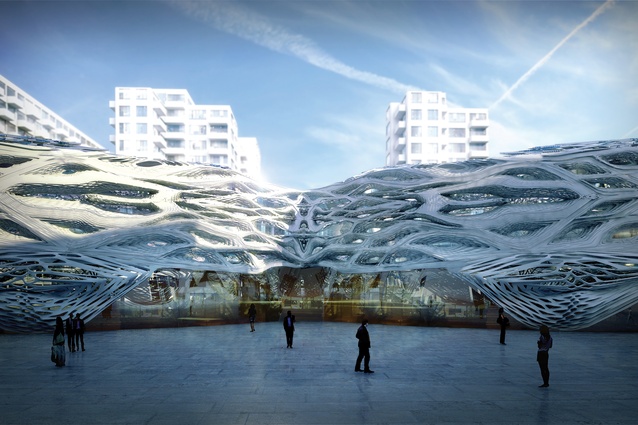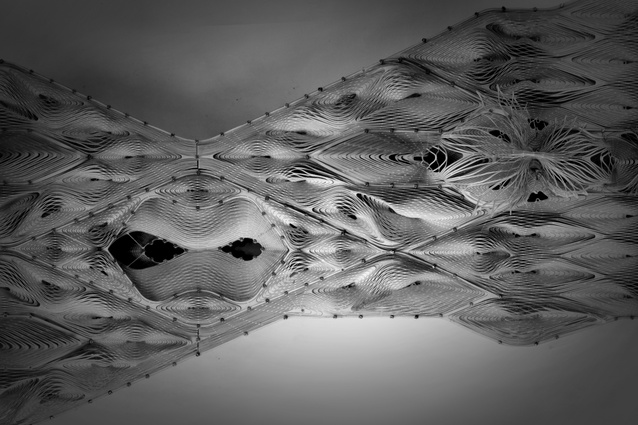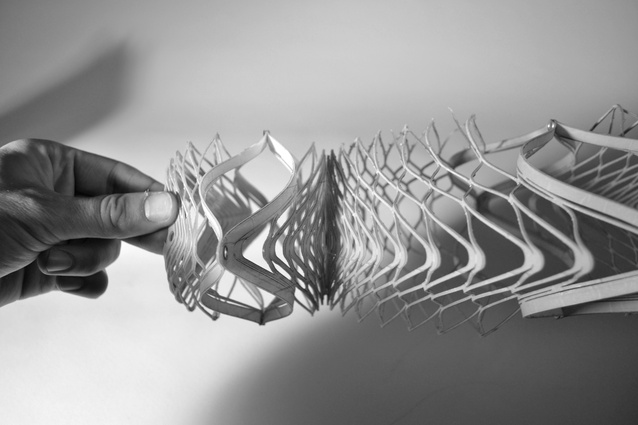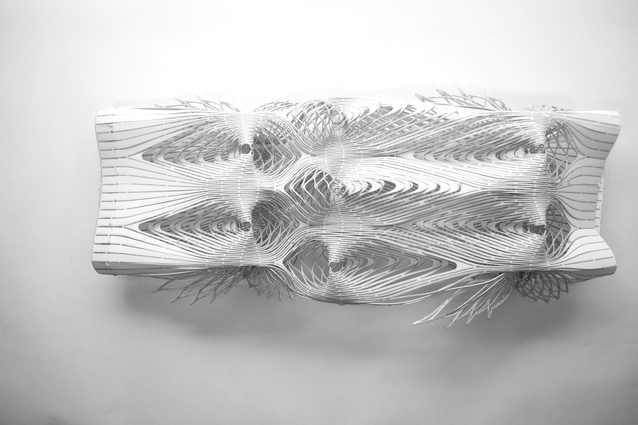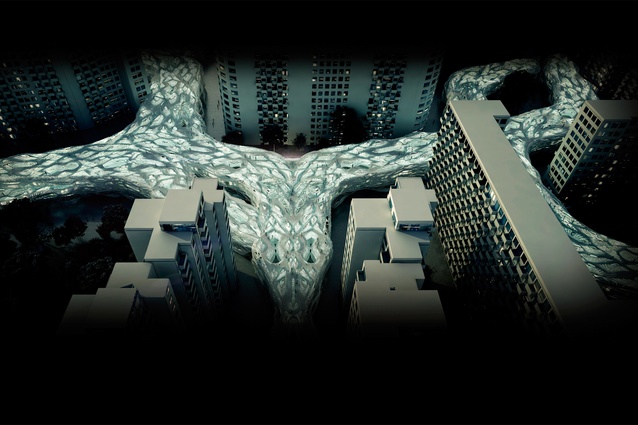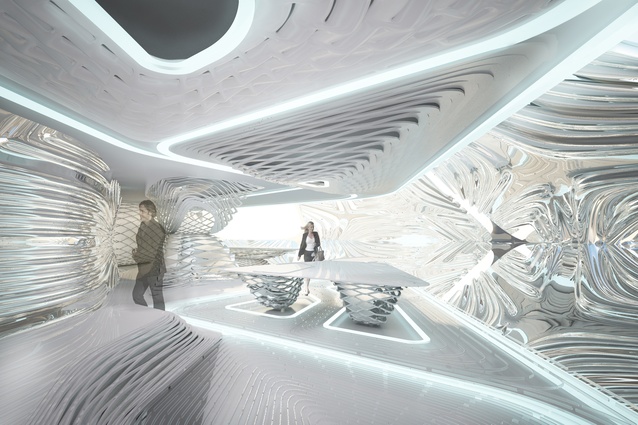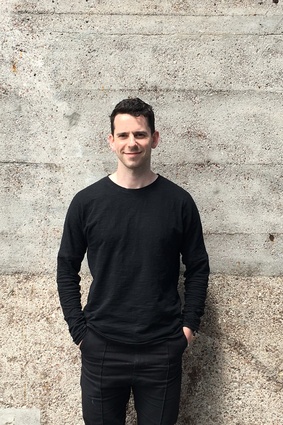From A(uckland) to Z(aha)
Architectural designer Matt LeGrice reflects on how his whole-hearted adoption of the digital world has shaped his journey from Auckland to the AA to Zaha Hadid Architects and back again.
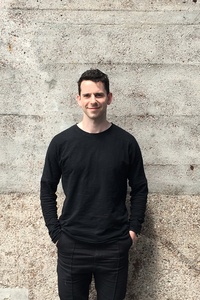
When I embarked on the start of my architecture career in 2006, like most prospective students, I had a strong interest in building design but with little direction or any great understanding of the many strands and discourses that existed under the broad umbrella that is architecture.
However, I was well aware of the increasing role the computer was starting to play within this field (as with many others), and I sensed the importance of getting to grips with these methods and tools early on in my career out of a fear of being left behind. Despite having no particular background or history with computers growing up, I immersed myself in digital design from the outset of my studies, and, over time, what started as a self-imposed ‘up-skilling’ turned into a way of working with which I felt a great affinity.
The digital world offered me a way of designing that was ambitious, liberating and had a certain ‘avant-garde’ streak, particularly where the fast evolving tools and discourse in the area were concerned. While the formal liberation was an obvious draw, equally, my fascination with the impact the digital had on design processes and its undercurrent of contemporary philosophy really engaged me with this area of work and research.
Perhaps due to my early interest in emerging digital technologies, six years later I had travelled a path that somehow led me to the Design Research Lab (DRL) at the AA in London and later to Zaha Hadid Architects (ZHA).
The DRL was established in 1997 and had garnered a reputation as being one of the schools that was pushing the boundaries of computational design with a course structure that promoted design as research. Through understanding design as an ongoing body of work and research, the school promoted a methodical approach with the continual testing, learning and development of design strategies and prototypes that worked towards evolved and optimised results.
Integral to this way of working was the computer. The various software packages frequently used by students (Maya, Processing, Rhino and Grasshopper, amongst others) were used to test, develop, and elevate design techniques in a fast and effective manner. This, in turn, ushered in work that was distinctly contemporary.
Consequently, the work that came out of the programme frequently prompted questioning of the architectural industry, partly from a design perspective but also in terms of fabrication, construction, and materiality.
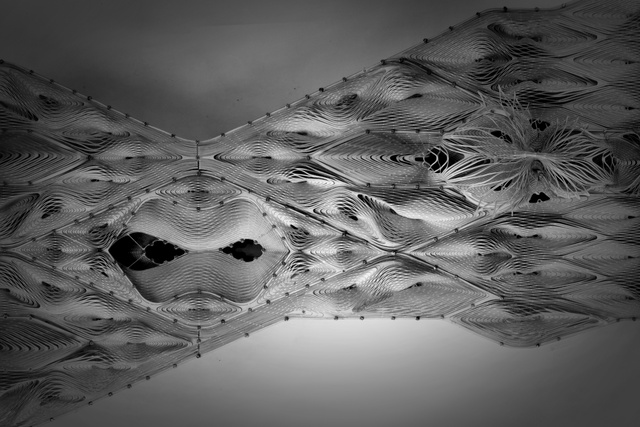
Under the supervision of Rob Stuart-Smith and course director Theodore Spyropoulos, my team and I investigated the methodology of building within the context of rapid urbanisation. Our thesis project developed and refined a short-to-mid term urban infill system, which was based around the rapid fabrication of customizable dwellings using CNC technology and flat-packed building components.
Over the course of 16 months, we refined a digital patterning technique for CNC fabrication – through a sequence of extensive testing – that we were eventually able to control and generate customizable, three-dimensional housing units based on the two-dimensional flat-pack components.
While the outcome was an important part of the process and a barometer for the success of the research, the digital investigation and refinement of cutting-edge design and fabrication techniques along the way was an equally important aspect to the experience.
This concentrated period of expanding my digital toolbox coupled with learning about certain digital design methodologies lent itself naturally to practices like Zaha Hadid Architects. At these firms, multiple software platforms and methodical research and development processes are utilised with that future-facing design ambition that a strong digital focus can bring. Subsequently, there is a strong link between the DRL and ZHA, with many graduates eventually ending up at the global firm. I was lucky enough to be one of the graduates to experience this progression.
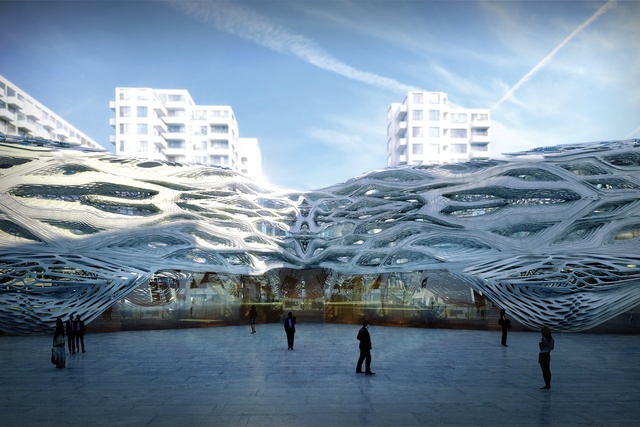
I spent just under three years at ZHA, which was an intense but thoroughly fulfilling journey. The range of projects that come through the office and the design freedom you get to enjoy there is something I would think is quite rare within the industry.
Within a very distinctive body of work and aesthetic, there are a range of design techniques and digital platforms used. While the standards and expectations within the office are high, the freedom given to us there as designers brought back that familiar sense of liberation that I’d felt when first delving into computational design.
Like all offices, there are certain pragmatic constraints to projects you must work within, but the firm’s ambitions to incorporate new software, invest in research and challenge the limitations of fabrication and construction provide opportunity and breathing room for designers who have an interest in a digitally focused strand of architecture.
I got the opportunity to work on projects during my time at ZHA ranging from competition stages through to construction with a group of immensely talented colleagues. The most significant projects that I worked on during this time were the Bee’ah Headquarters in Sharjah and the Lusail hotel in Qatar. However, scattered in between these were numerous competitions and concept designs, which were used to regularly sharpen our designers’ eyes.
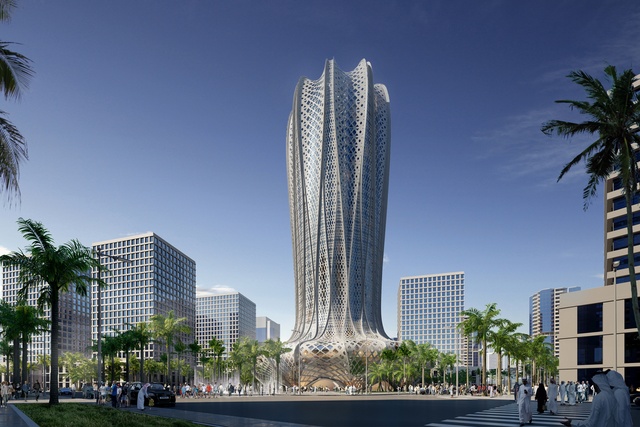
While I primarily worked in Maya, Rhino and Grasshopper while at the office, new platforms and workflows were always being used and tested, which kept both the design teams and the work that they were producing relevant. Because of this, the office proved to be a sort of ultimate finishing school – putting many of the interests and skill sets I had developed through my time as a student into practice in a rigorous, real-world setting.
I have recently moved back to New Zealand, and though there is a different scene here than in London and at ZHA, I see it as incredibly exciting. I’ve always believed in, and admired, New Zealanders’ thirst for innovation and their early adoption of technology. I feel that this culture is influential to young creatives regardless of their interests, whether it’s digital design or something quite different.
The range of experiences and opportunities I’ve had – from my days at the University of Auckland to studying at the AA to working alongside innovative designers at ZHA – has created a certain natural cycle in my journey that has brought me back to New Zealand, buoyed by the challenge to pursue my passion in my home country. I’m excited about the opportunities available here and optimistic for our vibrant architectural and creative industry to keep pushing the envelope.

